Choosing the right companion plants for dill is key for your herbs to thrive.
Adding herbs like dill to your home garden brings great value, whether the cost-saving benefits for your groceries or adding texture to the garden.
Now, did you know that you can choose companion plants for dill and pair them together?
Herbs, such as dill that allow you to pair them with companion plants make life easier, particularly if you have an urban garden with limited space.
The non-invasive nature of dill and the plants you can pair it with means that you can use significantly smaller space to grow your produce and enjoy just as much value.
Further, pairing dill with different plants allows you to play around with the different textures, tones, and colors for a more aesthetically pleasing garden.
So, here are 10 exciting companion plants for dill you can incorporate into your garden today.
Table of Contents
What Are The Best Plants to Plant With Dill?
Some of the best plants to pair with dill are those that belong to the Brassicas family.
These include vegetables such as cabbage, kale, brussel sprouts, and broccoli, to name a few.
While dill does exceptionally well growing with Brassicas, these are not all the plants that do well with dill.
Dill grows pretty well with a plethora of other companion plants. Here are our recommendations for companion plants for dill you should try out this year.
10 Best Dill Companion Plants
1. Cabbage

Part of the Brassicaceae family, cabbage is a popular companion plant for dill. Like dill, cabbage survives a fairly neutral soil environment with a pH of 6.5 to7.
Planting dill with cabbage also helps to protect it against pest infestations from cabbage worms and loppers.
Dill is a natural repellent of such pests, thanks to its strong aromatic properties. Like cabbage, other Brassicas thrive pretty well growing with dill, thanks to its pest protection properties.
Plus, dill and plants from this family make for stunning and showy green floral-like plantings in your garden.
Brassica vegetables with similar features as cabbage include broccoli, cauliflower, Brussel sprouts, kale, collards, and turnips, to name a few.
2. Lettuce
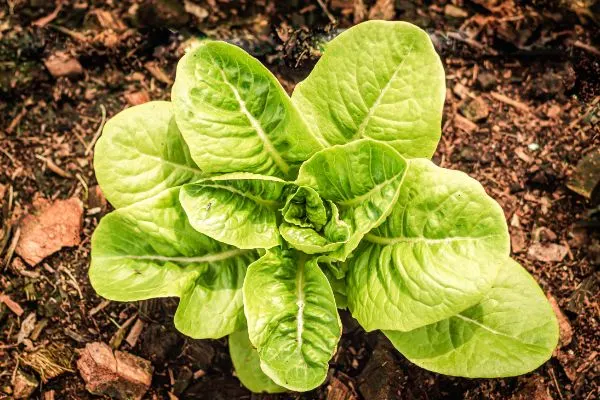
Lettuce grows to thrive well and develops excellent flavor when paired with dill. Now, to harvest clean and pest-free lettuce, dill is an essential component.
When grown together, dill helps to attract predatory bugs that sweep up all the lettuce-attacking pests.
3. Cucumber
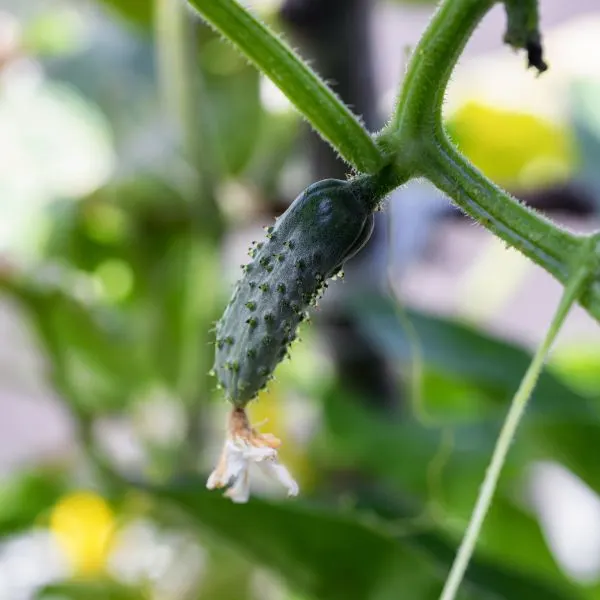
Dill doesn’t only protect cucumbers from pests. It also helps to promote much healthier growth of the vegetable.
It attracts predatory insects and perennials, nasturtiums that feed on pests like spider mites and cucumber beetles.
Further, these insects and surrounding perennials promote more efficient growth of the cucumber and help the vegetable develop a better flavor.
Cucumber is generally a sensitive vegetable, with its majority water content forcing it to take the flavor of its surroundings.
So, when paired with highly aromatic herbs, such as sage, this can affect its flavor.
The good news is that the subtle aroma of dill doesn’t affect the overall flavor of cucumber. In fact, it helps to develop the depth of flavor even more.
4. Yarrow

Yarrow boasts the same survival needs as dill to make it an ideal companion plant.
However, unlike dill, yarrow cannot protect itself from pest attacks effectively. So, pairing it with dill can help shield it from these potential pests’ attacks.
Nonetheless, this is not a one-sided beneficial planting.
Since yarrow attacks ladybugs, it helps to deter armyworms that typically attack dill.
Further, yarrow promotes pollination, attracting bees and butterflies, around the two plants to keep them healthy.
5. Corn
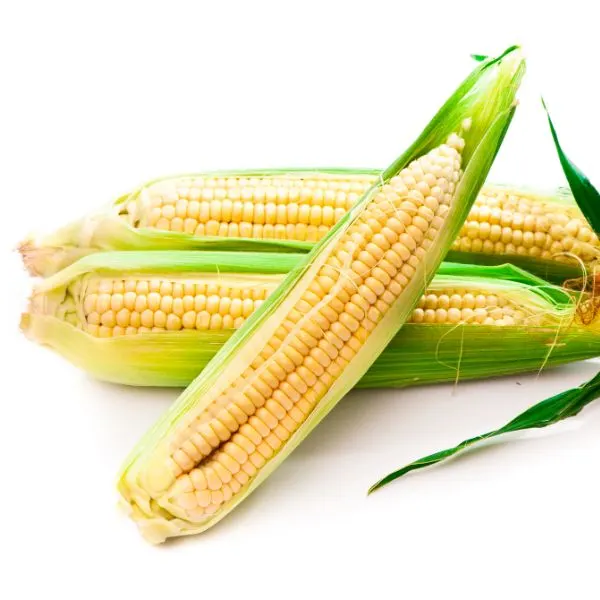
Corn is amongst the most preyed on plants, falling susceptible to insects, worms, and aphids, to name a few.
Planting dill and corn allows the herb to protect the corn from these invasive pests.
The herb attracts predatory insects, such as parasitic wasps to ward off these destructive pests.
The good news is that dill offers this shield naturally and effectively.
Note: Make sure the dill grows tall enough to about 4 to 5 inches for the herbs to be adequate.
You can also mulch your corn with natural plants, like amaranth, for a 100% organic and toxin-free harvest.
6. Asparagus
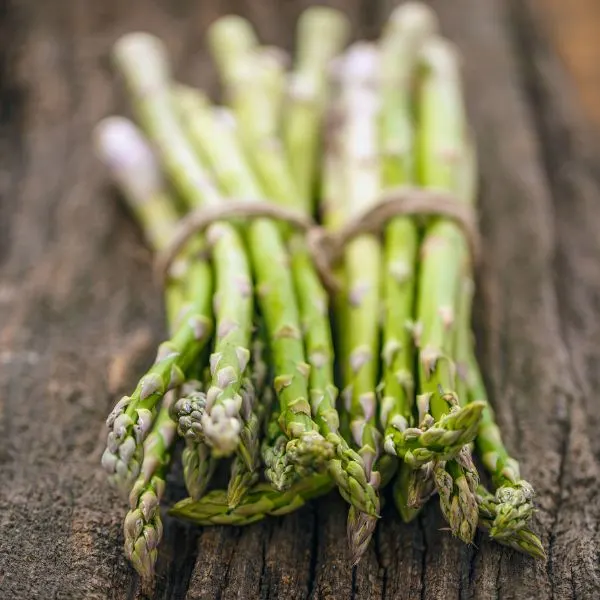
Pairing dill and asparagus promotes the healthy growth of both plants.
Dill’s protective properties help to shield asparagus from pest attacks, such as the winged aphids that can significantly damage the crop.
Dill simply does this by attracting predator bugs such as ladybugs and lacewings that feed on aphids.
In addition to offering this natural protection, pairing dill and asparagus eliminates the need for any toxic and artificial pesticides – ensuring you consume 100% clean and organic food after harvest.
7. Onions
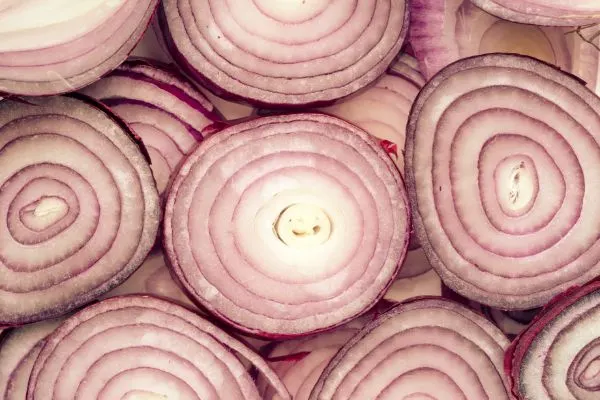
Onions also work perfectly with dill in the same area.
Now, unlike many companion plants that depend on dill, onions do the opposite.
Thanks to their ability to repel certain dill-targeting aphids, they are great for protecting the herb.
The highly fragrant and distinct onion scent helps to repel these pests. But, dill also does the same for onions.
Moreover, the two subtle flavors of the onion plant and dill herb enrich each other to give you a more delicious-tasting harvest.
Ultimately, onions and fill have a complementary relationship.
Further, the distinctive scent of onions attracts several types of bees and flies to keep your garden pollinated.
Note: Keep in mind, however, that while onions pair well with dill, they don’t necessarily pair well with other dill companion plants.
These include plants such as asparagus. So, you want to avoid this intermatched pairing!
8. Chervil
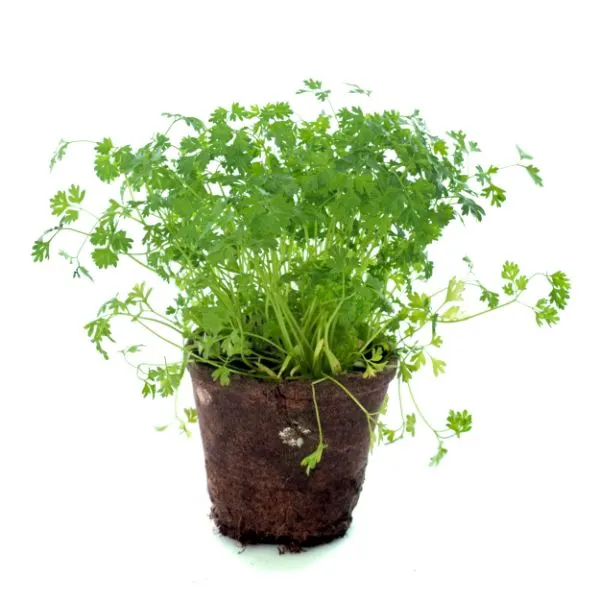
Also known as French parsley, chervil has a more serrated and mini curly leaf structure with a more feathery feel and produces small white flowers on the plants.
Its taste resembles the combination of fresh parsley and tarragon and is one of the few herbs you can pair with dill.
Chervil and dill boast a complementary relationship, each attracting predatory insects that target unwanted pests.
So, planting the two together protects from attacks that can damage the plants.
9. Basil
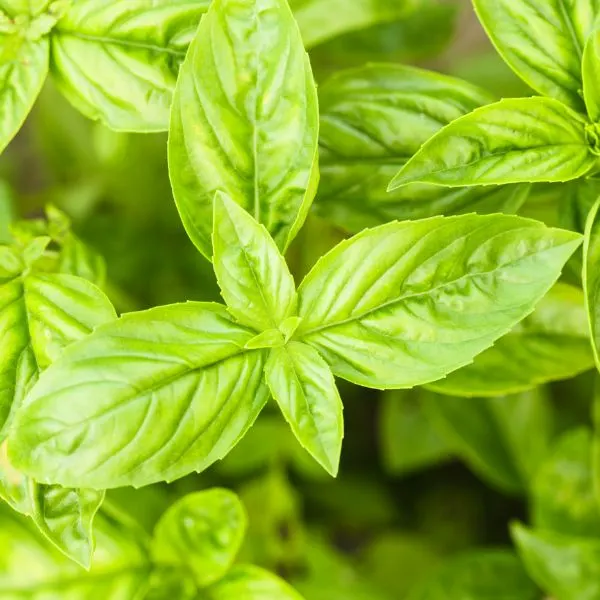
Basil is another popular companion herb plant for dill.
Basil and dill survive the same conditions, including moist and neutral soils and cool temperatures.
However, they don’t pose any competitive nature for resources.
Planting the two herbs together helps them collaborate in warding off attacking pests that can damage the herb plants.
Further, pairing dill and basil allows each plant to promote and enhance the flavor of the other, ensuring you have a fresh, organic, and flavorful harvest.
10. Honorary Mention: Tomatoes
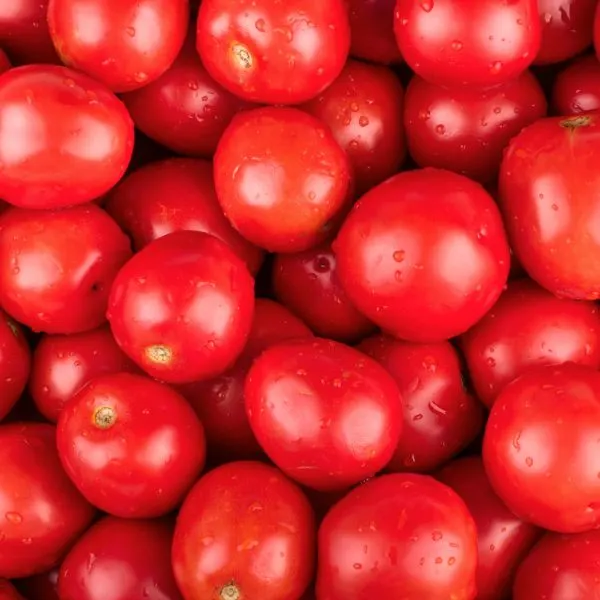
For many gardeners, planting tomatoes and dill is a no-no!
However, you should not take this advice at face value.
In fact, you can actually pair tomatoes with dill for positive rather negative results.
You just need to know when to do so. Generally, dill improves the health of the overall tomato plant while protecting it from attacking pests, such as hornworms.
However, you shouldn’t plant dill and tomatoes like you would with other companion plants for the herb.
The benefits of dill only extend to the tomato plant before the herbs mature. After this, they can cause more damage to the tomato plant rather than improve it. So, you want to remove the dill right about when they are about to mature.
FAQs
Want to know more about pairing dill with its companion plants?
Check out these commonly asked questions for better understanding.
Why Is It Best To Plant Dill With Companion Plants?

There are several benefits to pairing dill with recommended companion plants. Some of the key benefits include boosting the plant’s yield.
Typically, plants, especially those grown organically, are always at risk of losing their yield or not producing harvests to their full potential due to factors such as pest attacks, diseases, or poor growing conditions.
Pairing companion plants help to reduce these risks as they complement each other’s growth.
Dill, for example, is particularly great at countering pests. It does so by attracting the right insects to ward off or feed on these damaging insects, thanks to the strong aroma of the herbs.
Also known as trap cropping, pairing companion plants attracts or repels pests based on the needs of the plants.
Pairing the right plants also offers protection or shielding from weather conditions such as wind, rain, or direct sun.
Another positive advantage of companion planting is the overall thriving of the two plants.
For example, the two plants may promote pollination, creating a surplus of pollen and nectar which draws beneficial insects to maintain a safer environment and keep off unwanted pests.
What Are The Worst Plants to Pair with Dill?
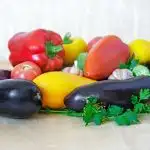
The worst plants to pair with dill are plants from the Umbelliferae family, which include carrots, fennel, caraway, and celery.
For one, these plants have an extended root structure. While dill doesn’t have an equally long root system (it’s not seasonal), it can still potentially compete for resources with these plants.
Further, plants such as fennel and celery also have the potential to cross-pollinate with dill, which, in turn, produces a bitter-tasting hybrid plant.
In addition to cross-pollination, dill attracts rather harmful pests to these plants.
On the other hand, mature dill can affect carrots (and tomatoes) at the root level, stunting their growth.
Another family of plants to keep away from dill is nightshade pants, such as hot peppers, bell peppers, and eggplants.
This is because dill negatively impacts the health of nightshades.
You should also avoid pairing dill with lavender and potatoes.
Plants like lavender, those easy-going, will compete with dill for resources, which leads to stunted growth (dill mongers sunlight while lavender pulls in all the moisture.
Do All Dill Companion Plants Grow Well Together?

Not all dill companion plants will grow well together.
Just because dill thrives with plants A and B, it doesn’t mean you can pair the three together.
Plant A and B may not tolerate one another as well. For example, dill grows well with corn and tomatoes separately.
But, putting the three plants together may not be ideal.
While dill promotes growth and eliminates pests in corn and tomatoes, corn attracts harmful tomato pests.
Can You Plant Dill With Other Herbs?
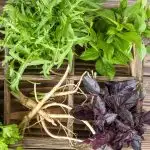
Dill performs pretty well with other herbs. However, this doesn’t mean that you can plant dill with just about any plant.
Dill grows impressively well with herbs such as basil, chervil, chives, parsley, and cilantro.
Dill can also invade the space of other herbs, although it is not as invasive as mint.
So, to ensure you get the best results, you want to pay close attention to the growth and weed out some of the plants for leveled growth.
You should also avoid planting dill with herbs, such as fennel.
Can You Plant Dill with Any Flower?
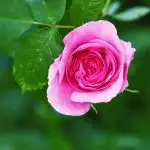
You can plant dill with certain plants. Thanks to its pest control abilities, you can pair dill with flowering plants that suffer from pest attacks.
For example, you can dill to a rose garden that suffers from spider mites.
The scented aroma of dill repels some insects while attracting others to tackle these attacking pests.
But, this doesn’t mean that dill will work with every flowering plant.
For example, pairing dill with lavender results in a staunch competition for resources which only leads to the stunted growth of both plants.
So, before pairing it with your flowering plant of choice, cross-check its compatibility.
Tips For Great Companion Plants
The above video has a fantastic overview of companion planting with dill.
Companion plants can add value to the entire garden by bringing valuable insects, as well as repelling pests naturally.
Quick info about companion planting:
- Basil & tomatoes are great combinations for companion plants
- Rule: 10 edible food plants in the ground equals 1 flower
- Lettuce interplanted with alyssum
- Alyssum attracts hoverflies and the larvae will eat aphids (small sap-sucking insects)
- Asteraceae also called daisies, lettuce, chicory, and artichoke attract beneficial pollinators
- Plants with umbel-shaped silhouettes will attract a high level of pollinators
- Dill, parsley, celery, garlic, fennel, and coriander produce umbel-shaped flowers
- Lavender, rosemary & other aromatic plants have strong scents
- Pungent plants like rosemary can protect vulnerable crops
- Plants can also provide shelter for other plants to distract pests
- Plant land cress near any brassicas and caterpillars will be unable to remain a pest
- Protect plants with a cage and net curtain to help kill the butterflies
- Building biodiversity is the key to success
Wrapping up
Growing with companion plants for dill guarantees better results for you than growing the herb individually.
After all, at the end of the day, the results will always be positive – you will have a higher harvest yield and cultivate at least two types of plants.
But, it’s not only its natural protective properties that make dill a great plant to pair with.
Its strong aroma also helps to promote and enhance the flavors of plants such as cucumbers.
Generally, dill’s natural protective properties keep it safe on its own and help deter most pests from the plant.
Yet, it is highly beneficial paired with other plants.
However, it’s important to note that when the herb isn’t paired with the ideal companion plants for dill, it can be destructive, competing for resources, stunting growth, and/or affecting the flavors of the particular plant.
Check out more types of things
